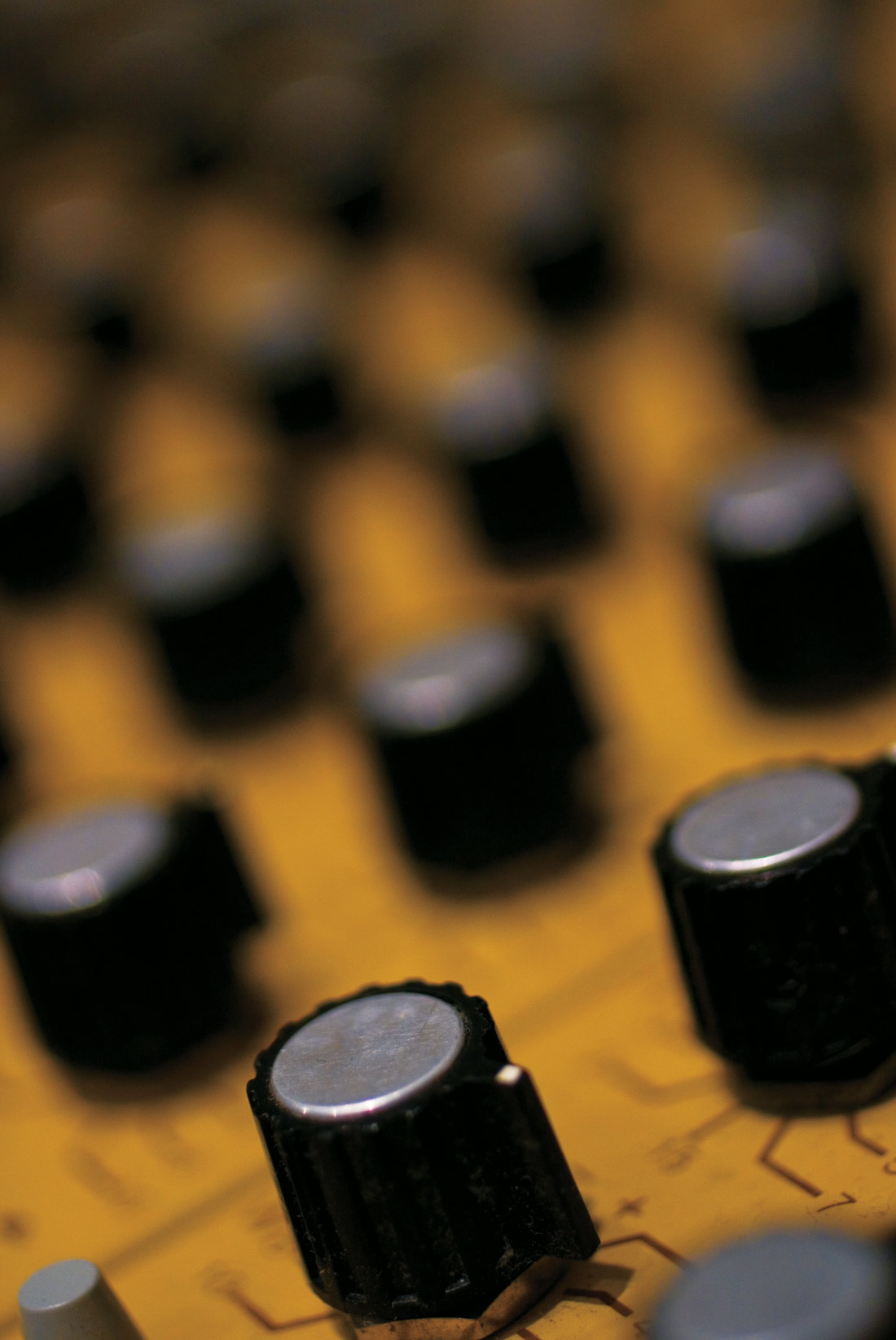This book is as much of a page-turner as you're likely to find in the field of books about audio. It's very well written and the writers are very passionate about their subject matter. While technical issues are discussed here and there, this book is about the people, not the machines, behind the story of the synthesizer, and that's why it holds your interest. I looked forward to reading a chapter each day with my morning cup of coffee and was a bit sad when I was finished the book a week and half after I started it. The book's central figure is Bob Moog and the history of his synthesizer and company. But it's far more than just a history of Moog and his machines. As the title implies, the impact on music and even pop culture is also explored in the book. The nexus of West Coast electronic music in the 1960's was the San Francisco Tape Center. From there we meet Don Buchla and Suzanne Ciani. I learned for the first time how Don Buchla was not only simultaneously developing modular synths on the West Coast, but that he built a synth, dubbed 'The Buchla Box' for Ken Kesey to use at the Trips Festival of 1966. Back on the East Coast We meet Malcolm Cecil and Bob Margouleff, aka TONTO [Tape Op # __]. Alan Pearlman and ARP are covered as is the EMS synths that we all know and love from Dark Side of The Moon. Then there are the pivotal moments, the machines and the music that took synthesizers to the masses; Switched On Bach, Keith Emerson's Moog solo on 'Lucky Man' and of course, the Mini Moog. Historical photos are interspersed throughout this nicely designed book. I definitely recommend this as not only a great read about synths, but also as an interesting look at an interesting slice of the 1960's and 70's. ($18.50, www.hup.harvard.edu)
Tape Op is a bi-monthly magazine devoted to the art of record making.




_disp_horizontal_bw.jpg)